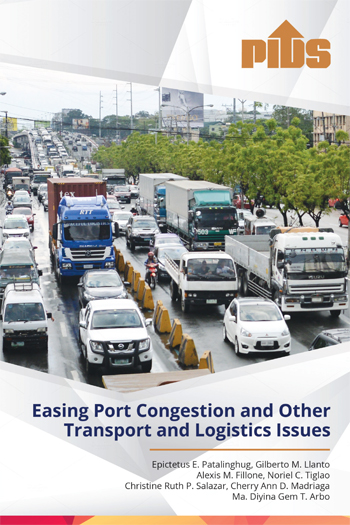
In February 2014, the City Government of Manila imposed a cargo truck ban at certain hours of the day in order to free Manila streets from the traffic congestion brought about by huge trucks and container vans moving to and from the Port of Manila every day. At first, this seemed to be a workable solution to the perennial traffic congestion faced by Manila residents and commuters. However, the unintended consequence of this seemingly rational local ordinance soon led to complaints and a clamor of other stakeholders for a better approach to city traffic management. The truck ban led to even more congestion in the city streets and the port area, as truck drivers intending to enter the city formed long queues while waiting for their designated window of time to ply the city streets. With reduced hours to use public roads, delivery of goods got delayed. Containers also accumulated at the port, slowing down the logistics chain and increasing trucking and port costs. This situation provided the springboard for a system-wide study of the logistics industry in the Greater Capital Region. The study looks at the bigger picture—the need to (1) understand the other important issues, not just the cargo truck ban, that affect transport and logistics, and (2) to formulate appropriate policy responses.












